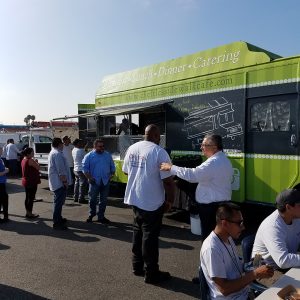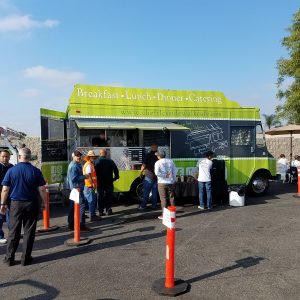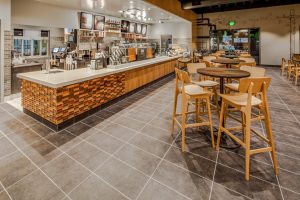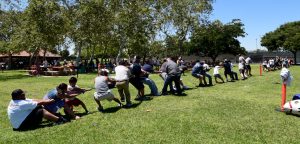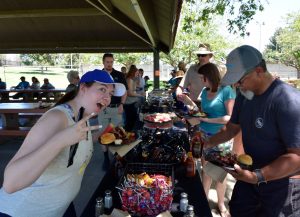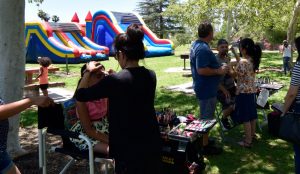It’s time for environment, health, and safety (EHS) managers to add another task to a seemingly endless list of everyday duties. The Zika virus has been identified as a workplace hazard, and it is incumbent upon employers to protect their workers from contracting the virus. Today we offer some steps you can take to keep the Zika virus from infecting your workplace.
Where in the United States?
The Zika virus is creeping north from South America. According to the Centers for Disease Control and Prevention (CDC), although there are, as of yet, no locally acquired cases of the Zika virus in the United States, there have been a total of 426 travel-associated Zika virus cases. On the other hand, there have been 596 locally acquired Zika virus cases in U.S. territories, with 570 of those in Puerto Rico.
The CDC points out that imported cases could result in local spread of the virus in some areas of the United States.
In addition, the mosquitoes that carry the Zika virus could migrate to the United States.
Is your workplace affected?
Workplaces in industries that could be affected by the Zika virus include healthcare providers and first responders, who are exposed to blood and bodily fluids, and outdoor workers, who could be exposed to mosquito bites.
Steps you can take to protect workers
The Occupational Safety and Health Administration (OSHA) and the National Institute for Occupational Safety and Health (NIOSH) recently released a guidance for protecting workers from contracting the Zika virus. The guidance outlines steps you can take to protect your workers from Zika.
It all starts with training. Employers should train workers about their risks of exposure to the Zika virus through mosquito bites and direct contact with infectious blood and other bodily fluids, as well as how to protect themselves. Employers should also provide information about Zika virus infection, including modes of transmission and possible links to birth defects of the children of workers who are pregnant or may become pregnant or whose sexual partners are or may become pregnant.
Additional steps to protect outdoor workers include:
Step 1: Provide insect repellents, and encourage their proper use.
Step 2: Provide workers with, and encourage them to wear, clothing that covers their hands, arms, legs, and other exposed skin. Consider providing workers with hats with mosquito netting to protect the face and neck.
Step 3: In warm weather, encourage workers to wear lightweight, loose-fitting clothing. This type of clothing protects workers against the sun’s harmful rays and provides a barrier to mosquitoes.
Step 4: Provide workers with adequate water, rest, and shade, and monitor workers for signs and symptoms of heat illness.
Step 5: Get rid of sources of standing water (e.g., tires, buckets, cans, bottles, barrels) whenever possible to reduce or eliminate mosquito breeding areas. Train workers about the importance of eliminating areas where mosquitos can breed at the worksite.
Step 6: If requested, consider reassigning workers who indicate they are or may become pregnant or who have a sexual partner who is or may become pregnant to indoor tasks to reduce their risk of mosquito bites.





